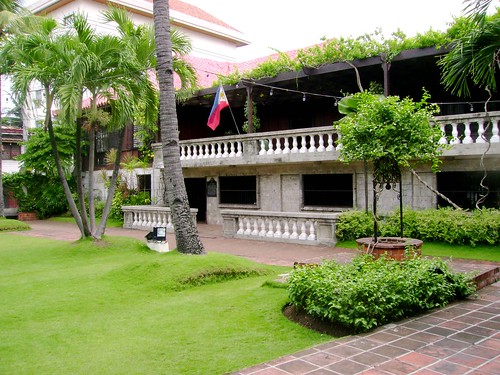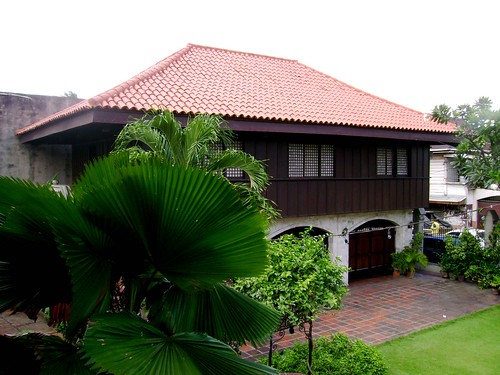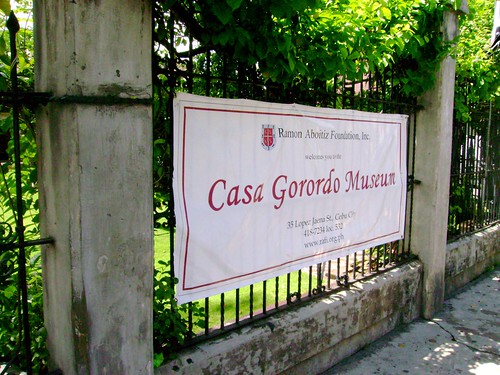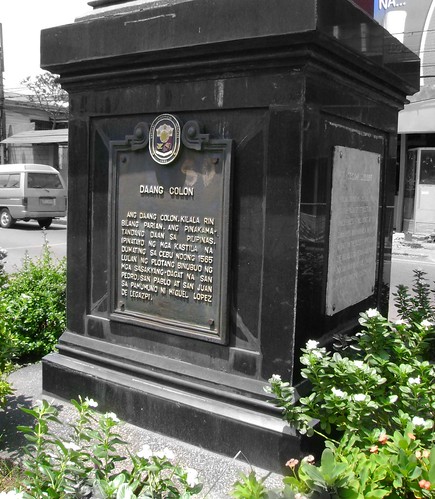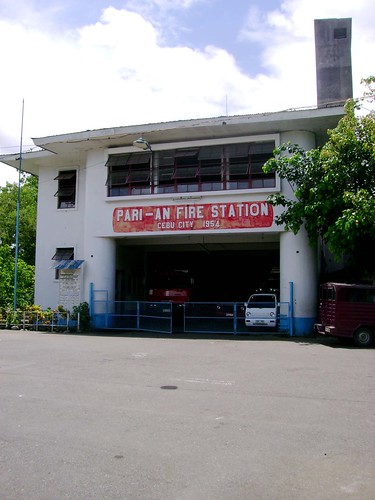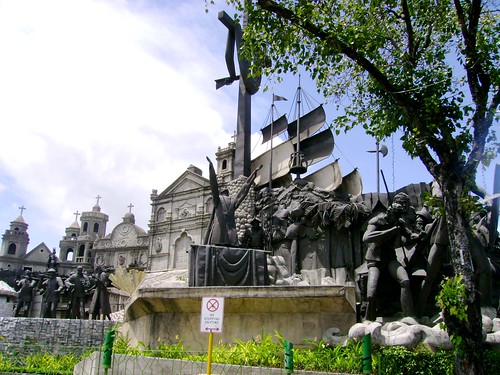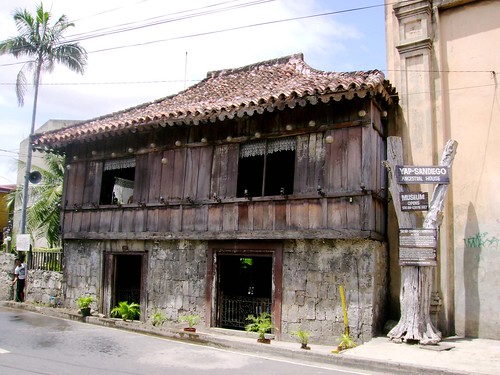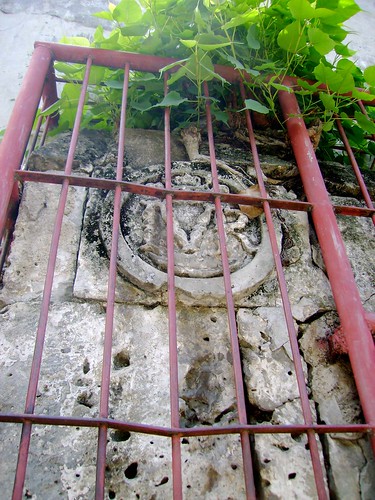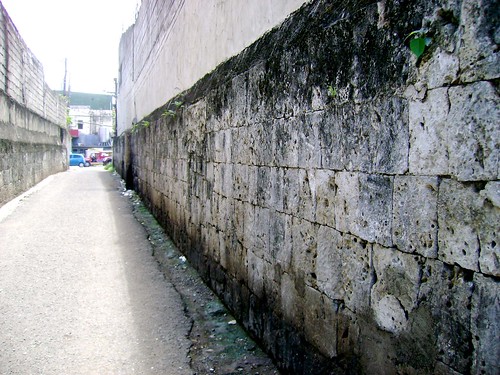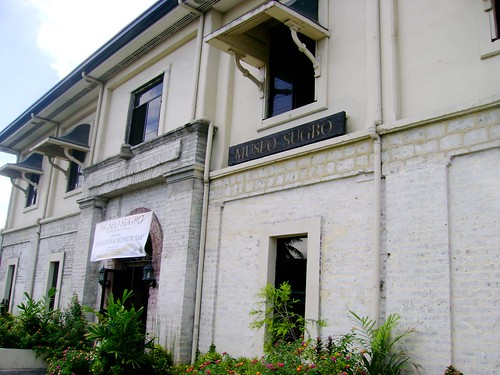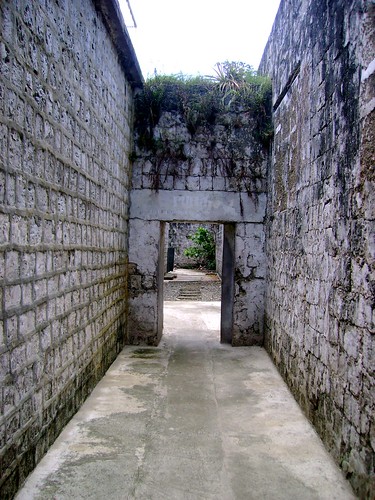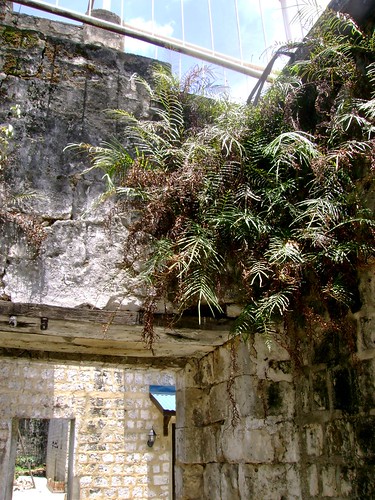I have long wondered what University of San Carlos looks like. My mom would frequently mention this school, telling how good its programs were; since it’s not in Manila I wasn’t interested. Several of her relatives and friends during the 1950’s went to this school.
[caption id="" align="alignnone" width="390" caption="The letter inviting the SVD Superior in Manila to take over the school"]
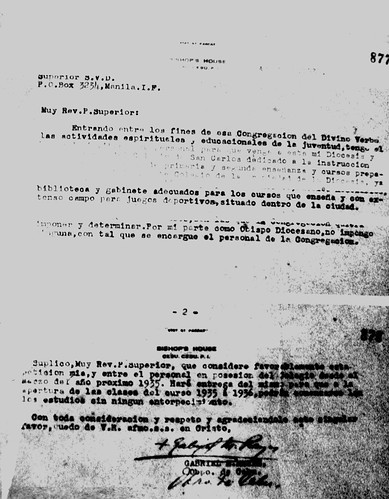 [/caption]
[/caption]Dumaguete is far from San Carlos Negros Occidental, my Nanay’s town. San Carlos City is closer to Cebu than the two provincial capital of Negros (Dumaguete & Bacolod). She tells me stories of her together with her brothers wonder what the thick smoke originating from across the sea, when she got older she realized that it was Toledo City, at that time one of the most progressive towns of Cebu because of its mining industry.
[caption id="" align="alignnone" width="430" caption="The oldest Filipino educational Institution"]
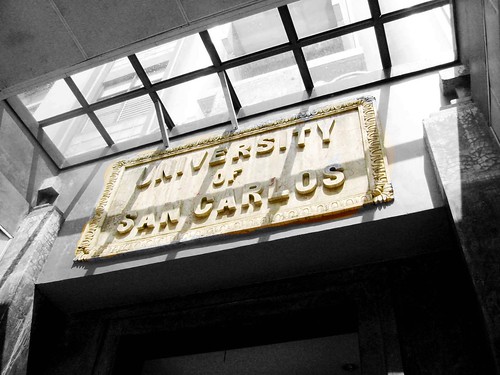 [/caption]
[/caption]The Oldest
Very few people know that this school is the oldest being founded by the Jesuits in 1595. The Jesuit’s expulsion in 1769 stopped the school’s operation. The German order of Societas Verbi Divini (SVD) led the school post revolution upon the invitation of Cebu’s Obispo. The Dominicans and the Vincentians were known to have administered the colegio in the past.
Its claim to be the oldest school is disputed by some scholars pointing to the fact that UST being founded in 1611 was only interrupted during WWII – gathering its years of service would be greater than that of USC which suffered a halt in their service during the Jesuits’ expulsion. But if the foundation of the colegio is to be the basis, it would be the first school in the islands – and I believe it is. Some of its notable alumni include Sergio Osmena, Marcelo Fernan, Vicente Sotto, Vicente Rama and Mariano Cuenco.
The Museum
[caption id="" align="alignnone" width="432" caption="Exhibit of the recent archeological finds of Cebu"]
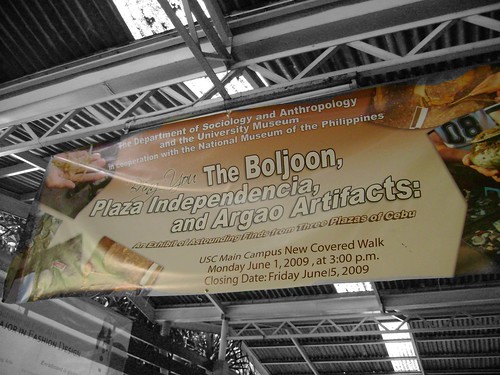 [/caption]
[/caption]I’ve always wanted to visit the schools museum ever since I read about it some few months back, from what I’ve read; they have remarkable artifacts in their possession – and it did not disappoint this museum aficionado. Although it’s relatively small, the museum’s collection was very impressive.
The museum was founded by Father Rudolf Rahmann, SVD, an anthropologist and former university president (1967). It is located on Calle P. del Rosario main building’s entrance. It has four wonderful galleries: Spanish colonial, ethnographic, archaeological and natural science.
I marveled at the religious relics in the Spanish colonial section. The artistic retablo of the Virgen del Regla from Mactan can be found here. Coins, images and various altar pieces are on display. There were baptismal records in Spanish giving evidence of the Catholic heritage of the Filipino.
The ethnographic collection includes skulls deformed by ancient tribal practice. Pre-Filipino rituals like teeth mutilation are detailed in pictures and actual samples. Weapons, tools, customes, ornaments and betel chewing containers are exhibited.
The museum is free for its students while it will cost only P30 for the general public (P10 for students outside USC). From Monday to Friday it opens its door from 8:30 PM to 5:30 PM and on Saturday’s it operates half day.
Further information contact: Ms Marlene Samson (Curator) at 63 32 253 1000 loc. 191
---
*13 June 2009
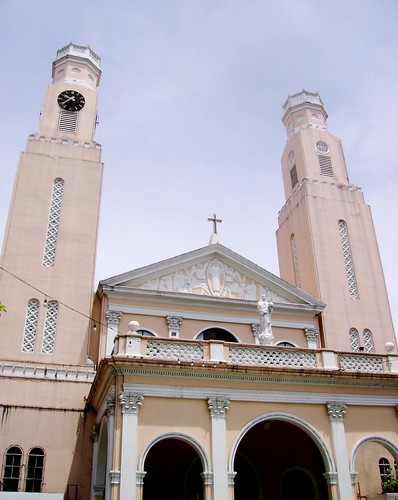 [/caption]
[/caption]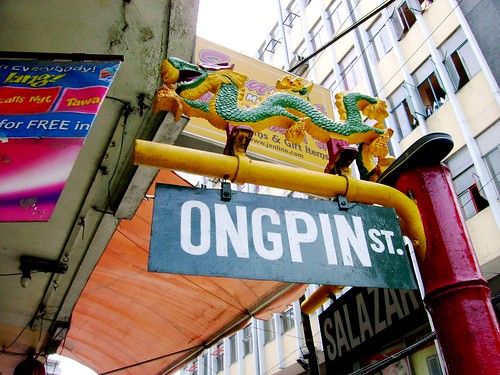 [/caption]
[/caption]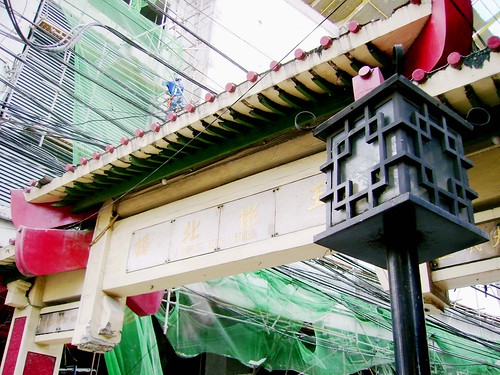 [/caption]
[/caption]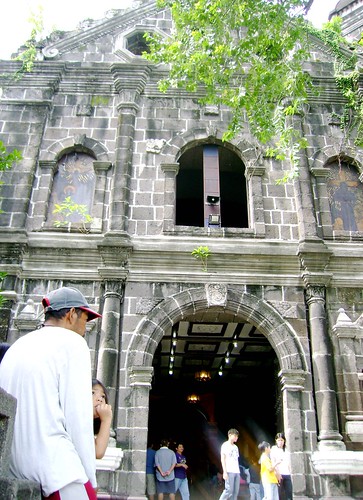
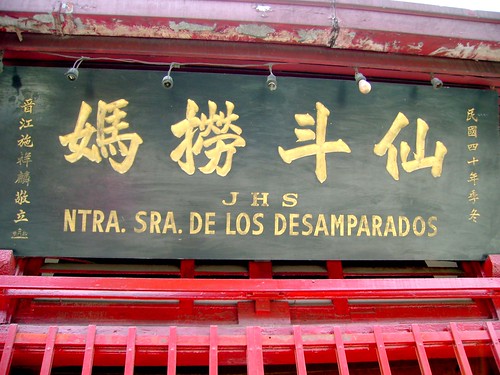
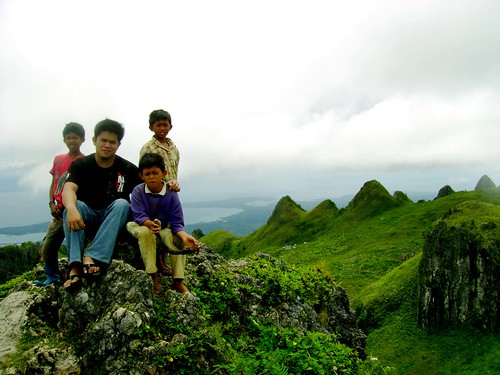
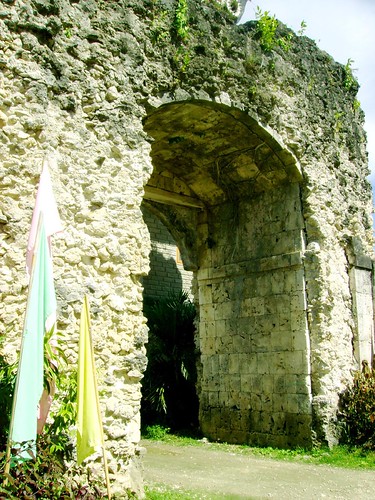
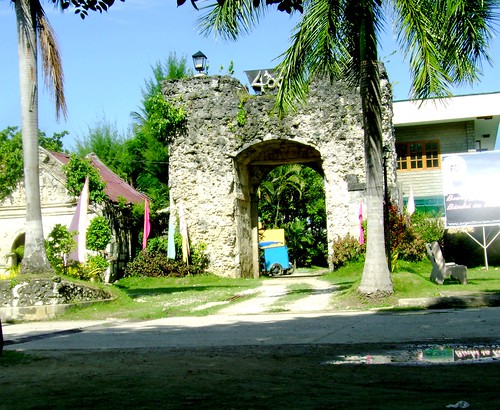 [/caption]
[/caption]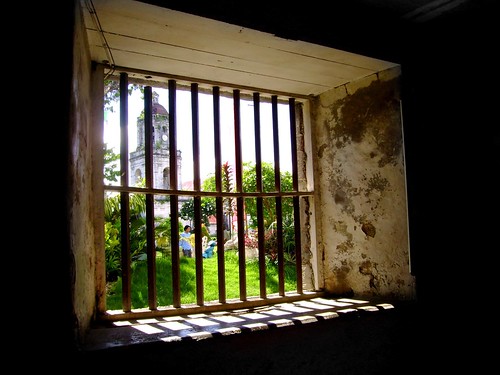 [/caption]
[/caption] [/caption]
[/caption] [/caption]
[/caption] [/caption]
[/caption]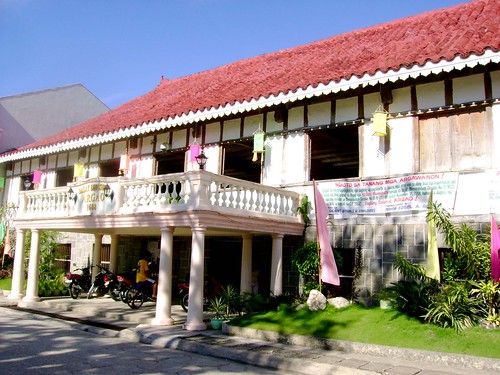 [/caption]
[/caption] [/caption]
[/caption]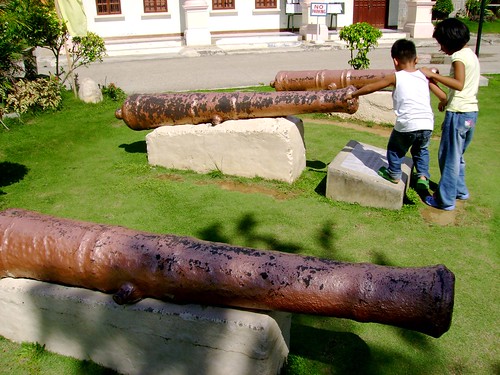 [/caption]
[/caption] [/caption]
[/caption]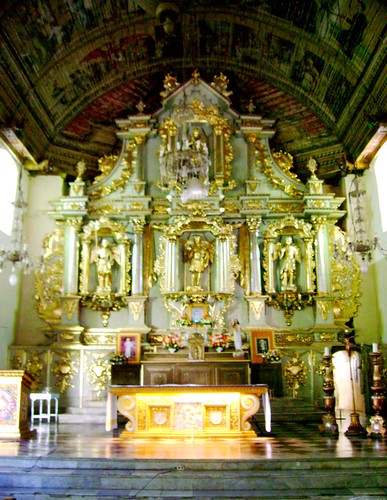 [/caption]
[/caption]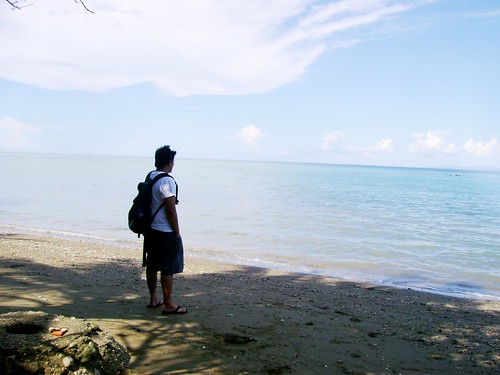 [/caption]
[/caption]
